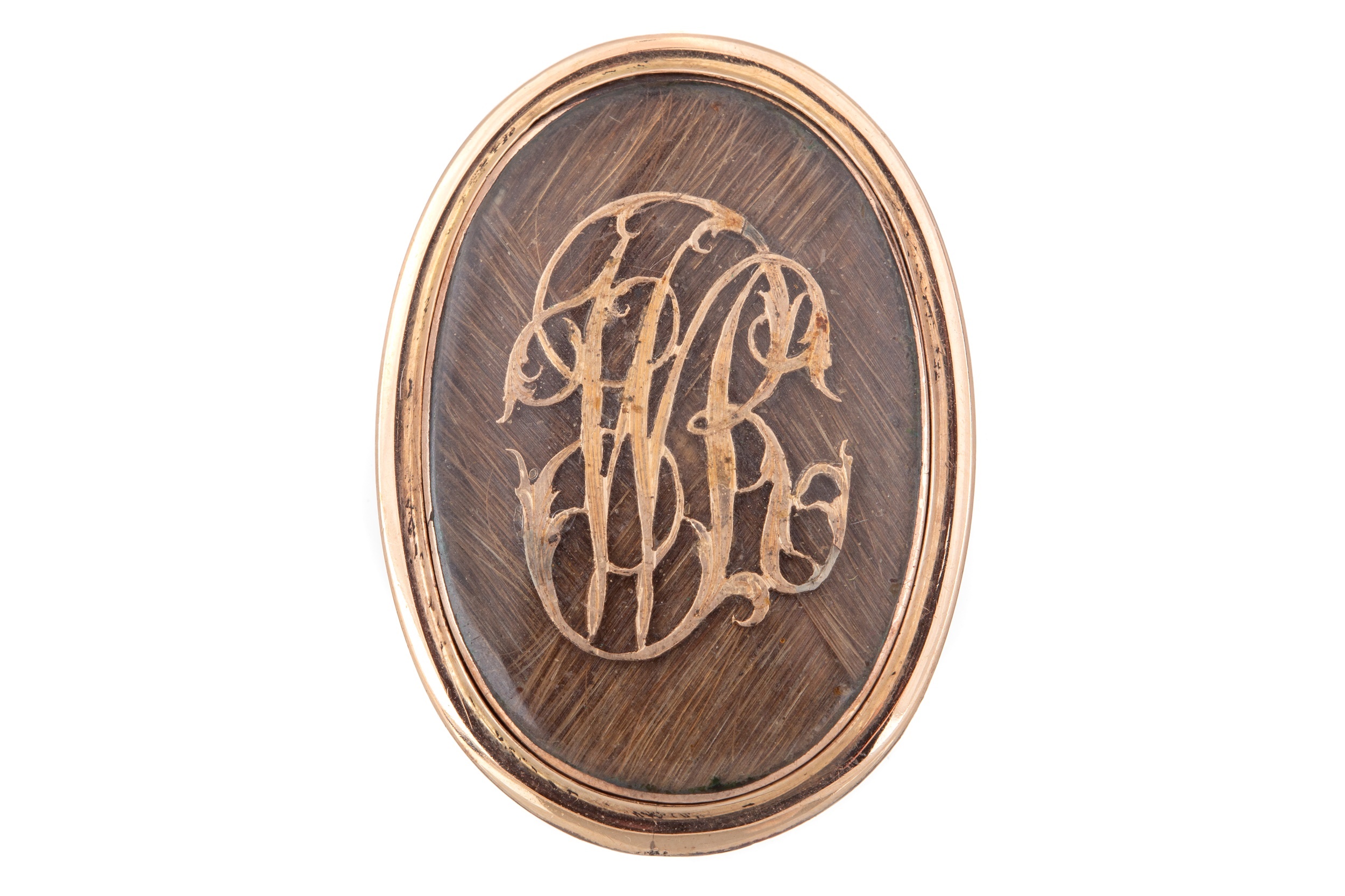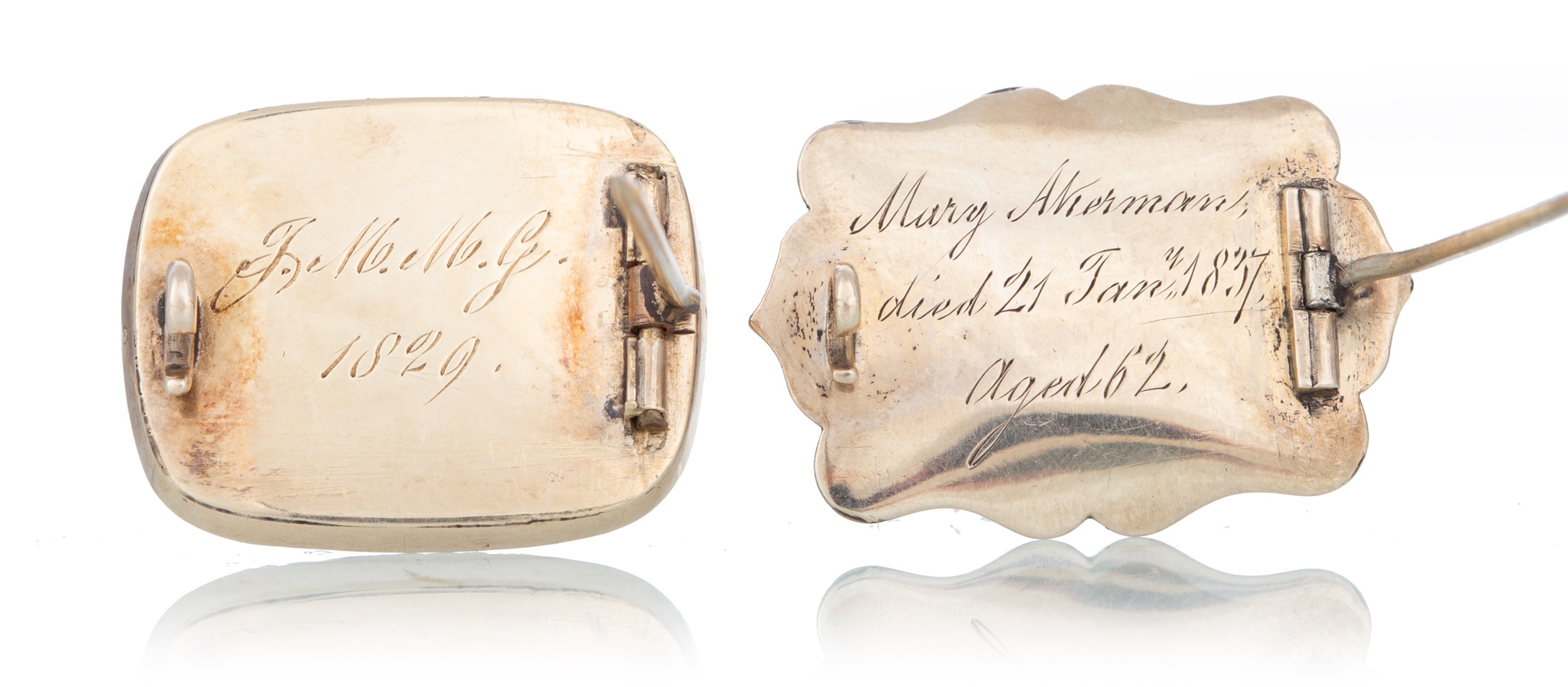The Art of Mourning Jewellery
The Georgian and Victorian periods were vital for Britain in terms of shaping our history however during these hard periods, mortality rates were high and life expectancy was low.
During these times, with factors such as infectious diseases including influenzas, measles, scarlet fever and many others, the average life expectancy for men was 40 and women 42 so ironically, death was part of life for our ancestors during these eras.
From the 1860’s and following Prince Albert’s death, mourning etiquette became very strict among all echelons of society with the bereaved expected to follow a strict code of conduct for many years. The mourning period was dependent upon your relation to the deceased with widows suffering the most. For one year, they were in full mourning meaning that they could only wear black, non-reflective clothing with minimal to no jewellery. A widow could also not go out in society other than to attend church. For the second year, they were in half mourning whereby some colours such as grey and lavender could be worn with minimal ornamentation allowed. Intriguingly whilst in mourning, an extract taken from Cassell’s Victorian Household Guide states, ‘it is customary to employ envelopes and note-paper edged with a deep border of black’ meaning that even to the stationery you used had to reflect this state.
The Victorian Era hugely contributed to many funerary customs that we now see as part of the process but perhaps one of the most notable practices was the art of mourning jewellery. Mourning jewellery precedes the Victorian Era however, due to the renowned lifetime state of mourning that Queen Victoria practiced after Prince Albert’s death, it really gained popularity and even the simple art of wearing a loved one’s hair in a locket dates back to Victoria herself.
This jewellery can take many forms in brooches, rings and pendants however typically features the same key components. Due to the strict code of conduct for ladies when in mourning, these pieces are often of modest size, not to interfere with the rules around wearing minimal to no jewellery. Often set with jet, onyx or black enamel, this can be set with seed pearls, skulls, urns, gothic lettering and hairwork.
Hair weaving was highly competitive during the nineteenth century and the best hair jewellers are responsible for the surviving items which are still in taught condition to this day. With incredible attention to detail, the weavers would have to specifically colour match the hair and count individual strands to form sections, an incredibly intricate job.
The Jewellery Auction boasts an impressive private collection of mourning jewellery. Perhaps the most impressive piece is featured as lot 733, a Georgian hairwork mourning brooch. With brown woven hairwork, this is overlaid with a ‘WR’ monogram which when you turn the piece over, is attributed to William Robbins who died in 1787 aged 45. The hairwork in this piece is intact and as aforementioned, showcases the talents of the hair weaver that produced this fantastic piece.
Another fantastic lot is 737, a pair of early nineteenth century mourning brooches. These encompass the typical mourning style of that period. One set with jet and seed pearls, the other in black enamel with gothic lettering. Each of these also features hairwork and they are dated 1829 and 1837.
These lots are nestled amongst other fantastic examples of mourning jewellery including stick pins and pendants and while some may see them as macabre, they are a fantastic expression of love and showcase how the Victorians wore their heart on their sleeves, or lapels. Surviving items such as these are very hard to come by and given their sentimentality, should be handled with care for generations to come.
McTear’s sells more jewellery than any other traditional auction house in the dedicated jewellery auctions that take place twice monthly, run concurrently live online on a platform that attracts six million visitors annually from over 120 countries worldwide. For a complimentary, no-obligation valuation, contact a specialist on 0141 810 2880 or amy@mctears.co.uk.
What's it worth?
Find out what your items are worth by completing our short valuation form - it's free!

